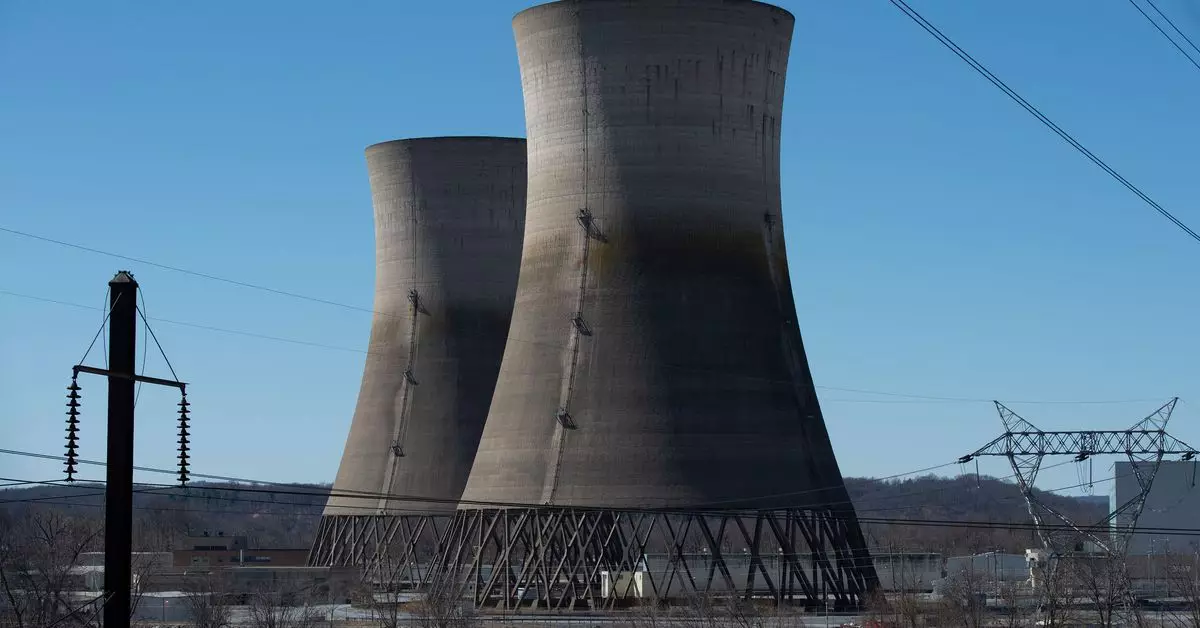The name Three Mile Island elicits a range of emotions. For many, it recalls the infamous nuclear accident of 1979 that changed public perception of nuclear energy in the United States. Now, more than four decades later, the site is set for a revival under an unexpected partnership with Microsoft. This agreement has potential implications not only for energy production but also for the future of artificial intelligence and sustainable technology. As such, the collaboration represents a significant moment in both the energy and tech sectors.
Microsoft has been at the forefront of technological advancements for over two decades, and its shift toward artificial intelligence marks a new chapter in its corporate narrative. The partnership with Constellation Energy aims to address the growing energy demands of its data centers driven by AI initiatives. Notably, Microsoft has acquired exclusive rights to the entirety of the energy output generated from the revitalized Three Mile Island plant, which is rebranded as the Crane Clean Energy Center in honor of the late Chris Crane, a prominent figure in the nuclear energy sector.
The energy powers provided by the site are substantial—837 megawatts, enough to cater to approximately 800,000 homes. This statistic powerfully illustrates the immense energy requirements of modern data centers and highlights the urgency for corporations like Microsoft to source energy sustainably. As the company moves toward its ambitious goal of achieving carbon negativity by 2030, it faces a paradox; while it strives to reduce greenhouse gas emissions, its energy consumption continues to rise at an alarming pace, chiefly due to AI!
Financial Implications and Regulatory Hurdles
To breathe new life into this dormant facility, Constellation will invest a considerable $1.6 billion. This investment, however, is contingent upon navigating a complex regulatory landscape. Before any power can flow from the newly revamped plant, Constellation must obtain permissions from the Nuclear Regulatory Commission and secure various state and local permits. The regulatory scrutiny surrounding nuclear energy highlights the often-contentious relationship between innovation and public safety.
While government oversight is essential for ensuring safety, it also represents a potential bottleneck in bringing vital clean energy to market. As noted in the agreement, the proposed plant is expected to be operational by 2028, but why the lengthy timeline? The fear stemming from past mistakes in nuclear energy history complicates the pathway for modern advancements, making it crucial for stakeholders to effectively communicate the safety and benefits of this initiative.
Bobby Hollis, Microsoft’s Vice President of Energy, has underscored this agreement as a milestone in efforts to decarbonize energy grids across the nation. This collaboration signals a strategic commitment to integrating more renewable energy sources within corporate infrastructures. As climate change poses mounting challenges, Microsoft’s proactive approach could inspire other corporations to rethink their energy strategies and invest in sustainable initiatives, thus demonstrating a vital link between the corporate world and environmental responsibility.
The partnership resonates with Microsoft co-founder Bill Gates’ advocacy for nuclear energy as a key solution to combatting climate change. His lobbying for modular small reactors (SMRs) underlines a realm of innovative solutions that could empower not just tech companies but also public sector initiatives to adopt cleaner energy practices.
Conclusion: A New Dawn for Nuclear Energy?
As Microsoft embarks on this unprecedented journey with Constellation, the revival of the Three Mile Island nuclear plant is more than just an agreement; it embodies a turning point for the energy sector. Whether this renewed interest in nuclear energy can reshape perceptions and usher in a new era of clean energy remains to be seen. The collaboration is laden with expectations and carries implications for energy security, corporate responsibility, and environmental sustainability. The future may just depend on how effectively these two formidable entities leverage this monumental opportunity while navigating the complexities of safety and public acceptance in the realm of nuclear power.


Leave a Reply